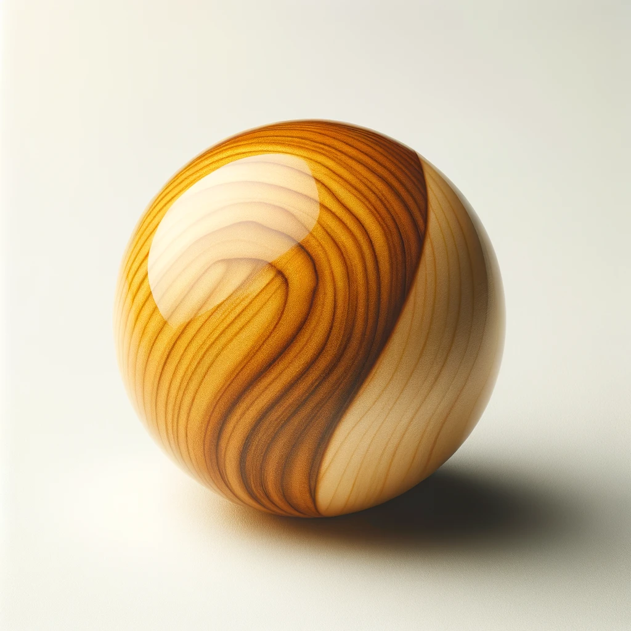Technology
CELLULOSE PARTICLE SURFACTANTS
Introducing Spherelose®
Spherelose® is a ground-breaking, bio-sourced, biodegradable surfactant made from cheap, plentiful and sustainable wood pulp.
Wood pulp is almost pure cellulose, made from weak or oddly-shaped wood rejected by the sustainable timber industry.
Spherelose® is the first particle surfactant.
Traditional surfactants are molecules (chemical compounds), but Spherelose® is made of cellulose particles around 0.2 microns across.
Spherelose® particles are thousands of times larger than typical surfactant molecules, and 5,000 of them laid edge to edge would measure just 1mm.
More than just tiny cellulose spheres.
Spherelose® is not just plain cellulose.
Spherelose particles have one side covered in natural plant oils (e.g., canola, sunflower, or olive oil).
This coating makes one side lipophilic (oil-loving), while the cellulose side is hydrophilic (water-loving), creating amphiphilic particles that allow oil and water to mix — key for surfactants.
This artist’s concept shows what a single Spherelose® particle might look like if you could take a photo of it.

Lipophilic side covered in plant oil
Hydrophilic side of exposed cellulose
Made by waste-free reassembly
Spherelose® is made by physically rearranging cellulose from wood pulp into tiny spheres, then coating them with plant oil.
Unlike molecular surfactants, this process produces virtually no waste and is almost completely closed loop.
